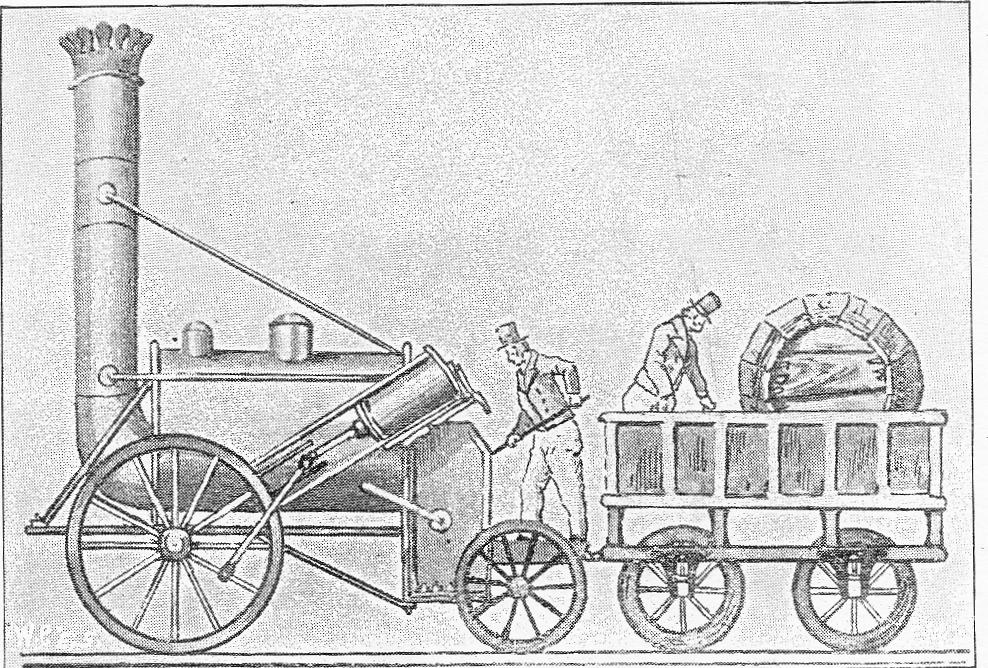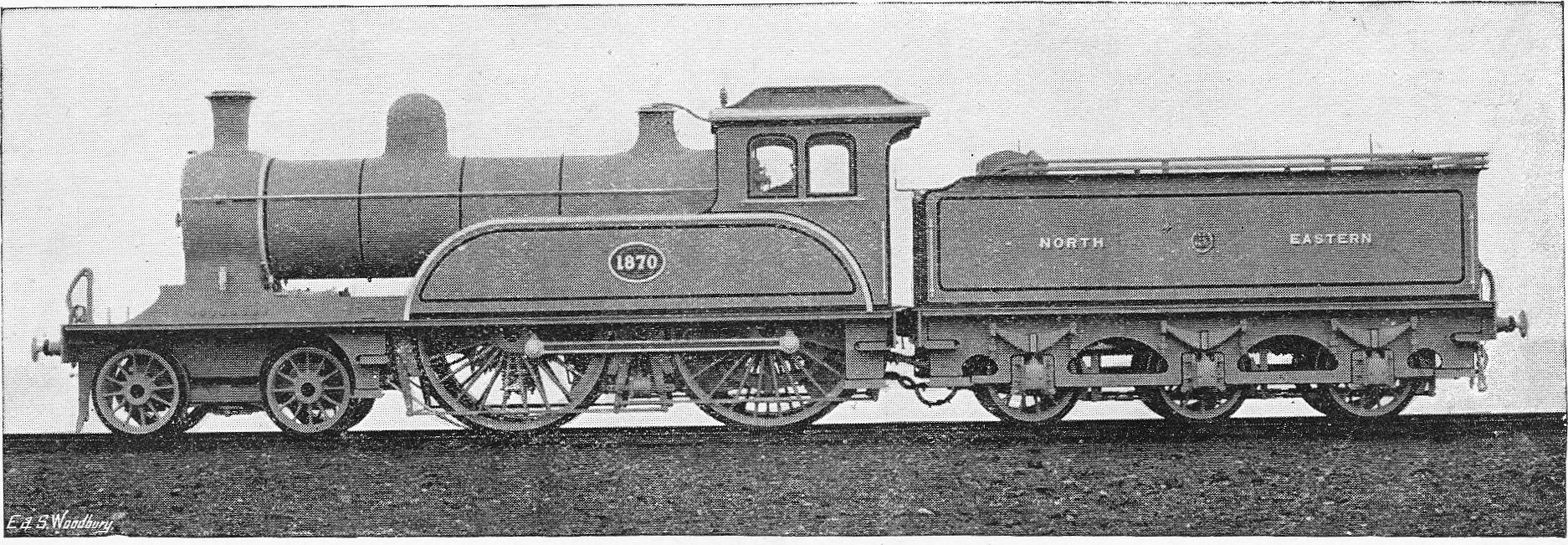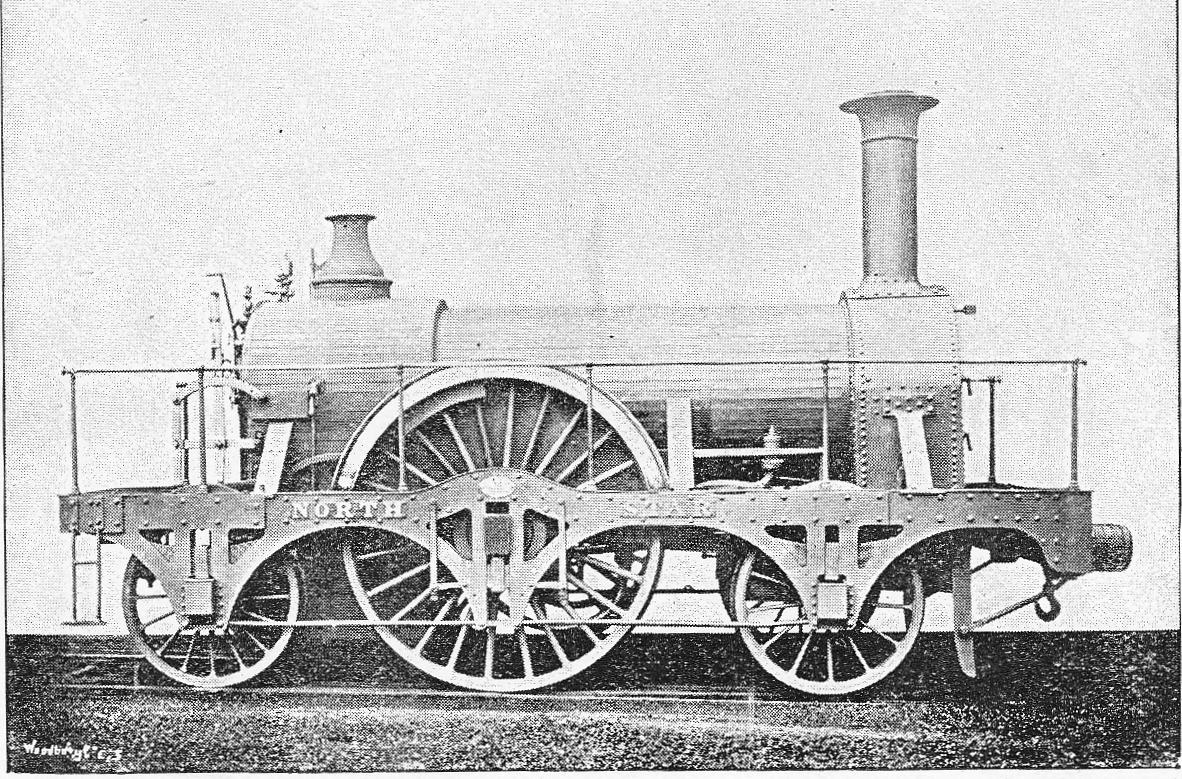|
The
Railways
Sixty
years ago! The population of these islands was then
some twenty-five millions; it amounts now to
upwards of thirty-eight millions. The Liverpool and
Manchester Railway, about thirty miles long, had
been open for eight years, causing far-sighted folk
to predict an important change in the mode of
travelling. The Liverpool and Birmingham Railway was
opened in the year of the Queen's accession. In 1838
the line between London and Birmingham was finished,
and trains were timed to do the distance — 121-
miles — at the average speed of twenty miles an
hour. The London and Croydon Railway began running
in 1839, and in 1840 there were 838 miles of railway
open in the United Kingdom. At the present time
there are 20,000 miles open, owned by companies
which in 1894 had an authorised capital of
£1,099,013,785, earning a gross revenue of
£84,310,831, and a net profit of £37,102,518.
In
order to convey the impressions of an educated
traveller by the new mode of transit, the temptation
to quote once more from the lively Greville is
irresistible. In July 1837 he became tired of
hearing nothing in London except about the Queen and
the coming elections, so he resolved to see the new
Birmingham and Liverpool Railway. Reaching
Birmingham in 121 hours by coach, he " got upon the
railroad at half-past seven in the morning. Nothing
can be more comfortable than the vehicle in which I
was put, a sort of chariot with two places, and
there is nothing disagreeable about it but the
occasional whiffs of stinking air which it is
impossible to exclude altogether. The first
sensation is a slight degree of nervousness and a
feeling of being run away with, but a sense of
security soon supervenes, and the velocity is
delightful."
The " velocity " referred to was regulated to an
average of about twenty miles an hour ; but the
diarist makes mention of a foolhardy driver who
ventured to run forty miles an hour, and was
promptly dismissed by the directors.
The application of another of the forces of
Nature to the service of human intercourse has
brought about a change in political, military,
social, and commercial relations even more complete
than that wrought by steam. The invention of the
electric telegraph coincided very nearly with the
beginning
of Queen Victoria's reign. In 1835 Mr. Morse, an
American citizen, produced a working model of an
instrument designed to communicate alphabetical
symbols by the interruption of the electric current,
but he failed to persuade Congress to furnish him
with the funds necessary to the practical
application of his discovery. Next year he tried to
take out a patent for it in this country ; but,
meanwhile, Cooke and Wheatstone had anticipated him
with one instrument, and the brothers Highton with
another, both of which were soon in use on railways.
The growth of this means of communication may be
seen in the " Post Office Annual," which shows that
in the year 1895-96 about seventy-nine million
telegrams were delivered through the Post Office,
besides those dealt with by certain public
companies.

STEPHENSON'S LOCOMOTIVE, "THE ROCKET."
This engine was constructed by Messrs. Stephenson
& Co. in 1829, to compete in the trial of locomotive
engines held at Rainhill, on the Liverpool and
Manchester Railway in October of that year, where it
gained the prize of £500. The " Rocket" worked on
the Liverpool and Manchester line till 1837, when it
was removed to the Midgeholm Railway, near Carlisle.
It ceased running in 1843-4, and was presented to
the South Kensington Museum in 1862.

A MODERN EXPRESS PASSENGER ENGINE.
This engine, No. 1870 of the North Eastern
Railway, was built in 1896 by the Gateshead works.
It is a "non-compound" engine, with the largest
coupled driving wheels hitherto known, viz., 7 ft. 7
in. The diameter of the cylinders inside is 20 in. A
sister engine (No. 1869) was constructed at the same
time, and the weight of each of them with tender
fully loaded is over 90 tons.

THE GREAT WESTERN RAILWAY BROAD-GAUGE ENGINE
"NORTH STAR."
This engine was designed by Sir Daniel Gooch in
1836 and built by Robert Stephenson & Co. in 1837.
It was one of the first engines belonging to the
.Great Western Railway Company, raid continued at
work until 1870, running a total distance of 429,000
miles.
Site Copyright Worldwide 2010. Text and
poetry written by
Sir Hubert Maxwell is not to be reproduced without
express Permission.
|